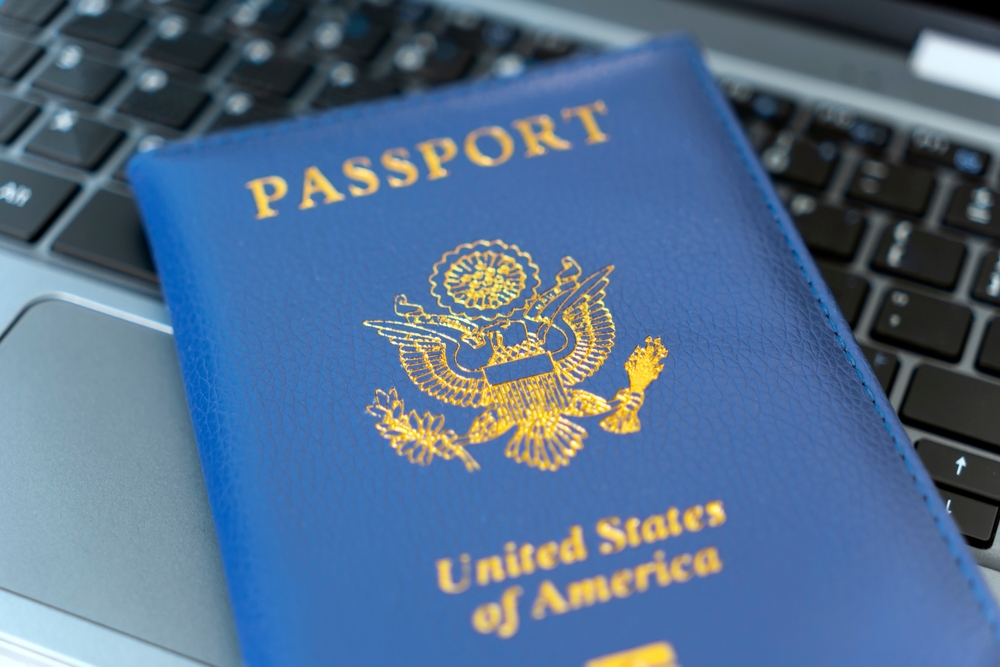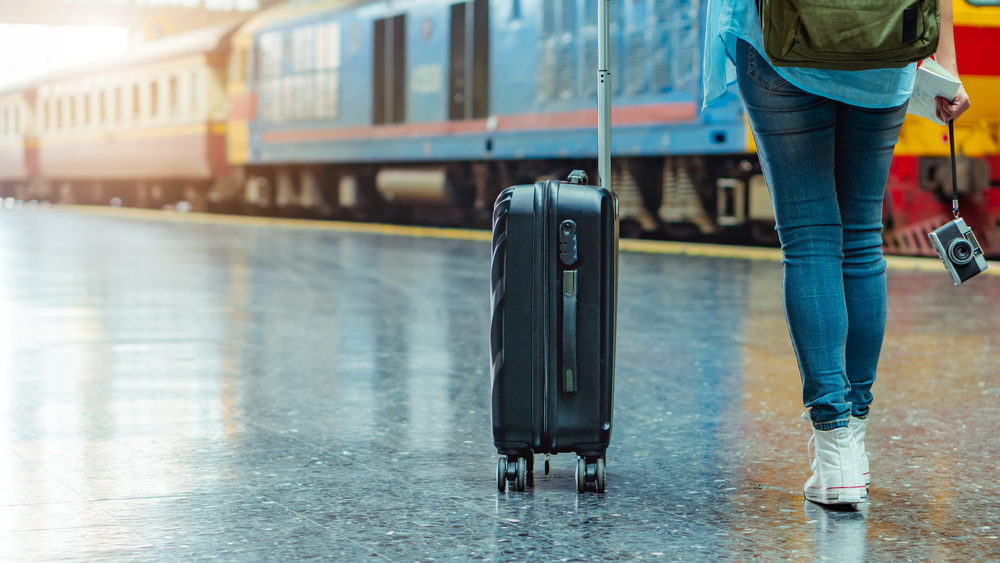Whether you’re a seasoned train traveler or a first-timer, these hacks will transform your journey into a seamless and memorable adventure.
Train travel can be a convenient and enjoyable way to reach your destination. To make the most of your journey and minimize stress, it’s essential to plan ahead and take advantage of some handy travel hacks. Check out some essential tips and tricks to ensure a stress-free train travel experience.
Book your tickets in advance: To avoid last-minute hassles and secure the best fares, it’s advisable to book your train tickets well in advance. Many railway companies offer early bird discounts, so planning ahead can save you money and ensure you have a confirmed seat.
Choose the right seat: When booking your tickets, take a moment to consider your preferences for seating. If you prefer a quiet journey, opt for a seat away from busy areas such as the entrance or restrooms. If you enjoy scenic views, choose a window seat.
Pack light and smart: Train travel allows for more baggage compared to air travel, but carrying too much can still be a hassle. Pack only the essentials and try to travel light. Consider using a backpack or a wheeled suitcase that is easy to maneuver in train stations and onboard.
Bring entertainment and essentials: Long train journeys can sometimes become monotonous, so be sure to pack some entertainment. Bring a good book, download movies or TV shows on your device, or prepare a playlist of your favourite music. Also, carry essential items like a neck pillow, earplugs, and a sleep mask for added comfort during overnight trips.
Stay organized with a travel kit: Create a small travel kit with items like hand sanitizer, wet wipes, tissues, a small first-aid kit, and any medication you may need. This kit will come in handy during the journey and ensure you have easy access to essential supplies.
Research your destination: Before reaching your destination, take some time to research local transportation options, nearby attractions, and the layout of the train station. Having a general understanding of your surroundings will make it easier to navigate and reduce any last-minute confusion or stress.
Snacks and hydration: While most trains have dining cars or food service, it’s a good idea to bring your own snacks and water. Pack some light, non-perishable snacks like nuts, granola bars, or fresh fruit to keep you energized throughout the journey. Staying hydrated is important, so carry a refillable water bottle that you can fill up at stations.
By implementing these train travel hacks, you can ensure a stress-free and enjoyable journey. Remember to stay organized, take breaks, and make the most of the adventure that train travel offers. Happy travels!



